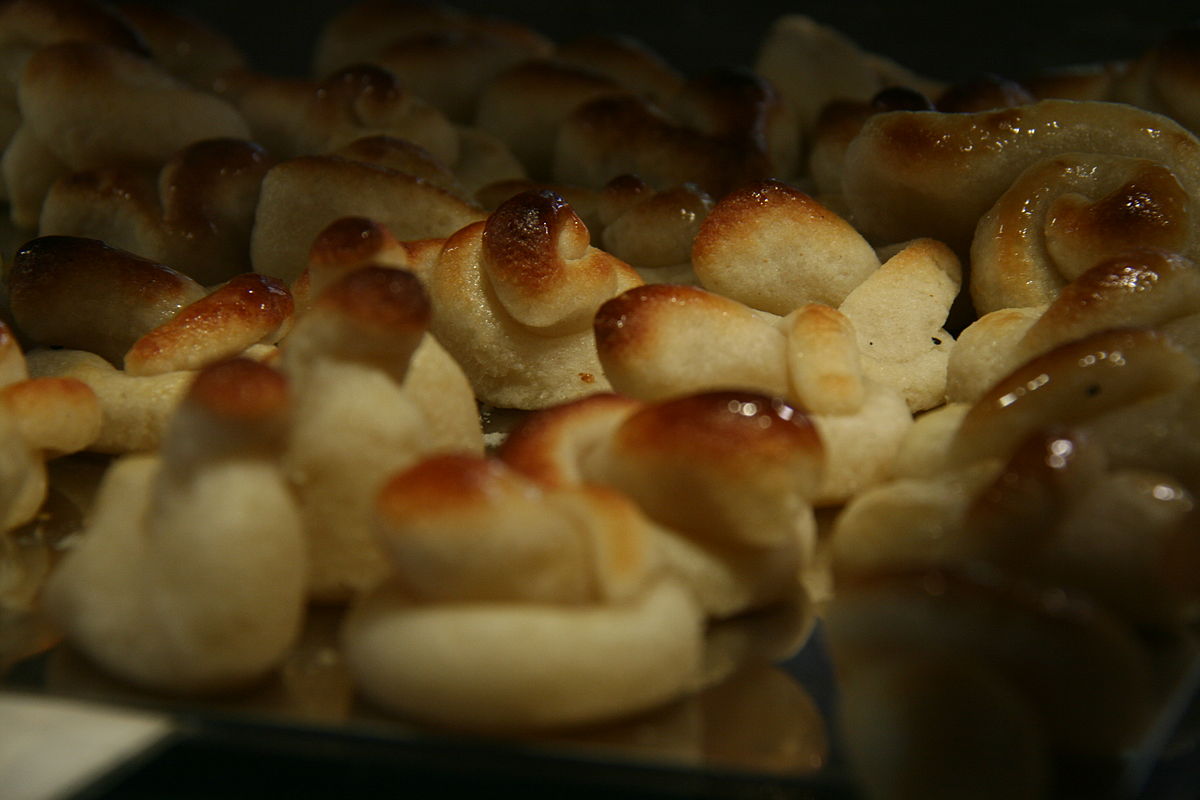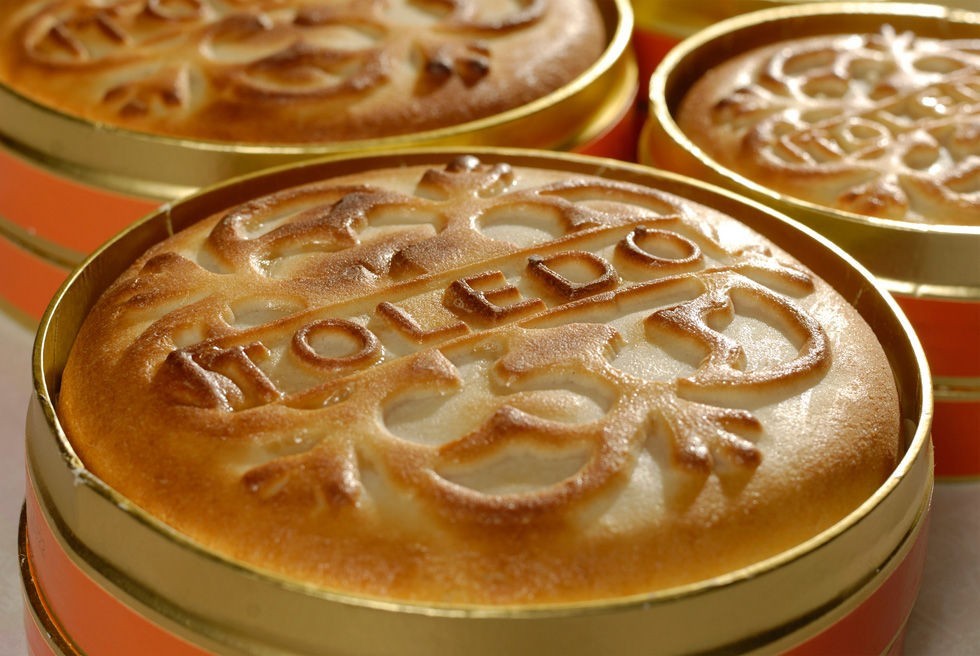 Mazapán - marzipan - means March's bread. This delicious sweetmeat's origin is disputed by several nations, however, there are two theories which are more backed up by historians than others. Spain claims it was invented in Toledo and Italy says it was in Sicily. Should you ever go to Spain, be sure to taste the best marzipan that Spain has to offer.
Mazapán - marzipan - means March's bread. This delicious sweetmeat's origin is disputed by several nations, however, there are two theories which are more backed up by historians than others. Spain claims it was invented in Toledo and Italy says it was in Sicily. Should you ever go to Spain, be sure to taste the best marzipan that Spain has to offer.
However going back even further there is little certainty. On the one hand, it is said that mazapán's -marzipan- true origin is Arabic as described in One Thousand and One Nights and it is described as being used during the hardships of Ramadan or as an aphrodisiac; the European version is basically a variation. On the other hand, we also know of a similar preparation in ancient Greece, where a paste of almonds and honey was made, however, it was during Christian times that it was included in the Easter preparations. Anyhow, let's explore the more recent theories.

Toledo was one of the multicultural and multi-religious cities where Christians, Jews and Muslims lived together in perfect harmony and would do so for a few centuries. It is not to wonder then that the invention of mazapán or marzipan, as we know it today, is pretty much a variation of an Arabic sweetmeat.
According to this version, marzipan was invented by nuns of the Convent of San Clemente in Toledo. After the Battle of Las Navas de Tolosa, where several of the would-be Spanish kingdoms fought the Muslims, as an attempt to reconquer the occupied territory, there was a terrible famine in Castile. At the time there was no wheat stored in the city, but there was plenty of sugar and almonds and the nuns fed a paste made with these two ingredients, and perhaps some others, to the undernourished people of the city.
We know that in the hospital Santiago de Toledo a preparation of shredded hen breast mixed with with almonds and sugar was prescribed which was said to be a variety of mazapán. However thanks to the ordinance made in the year of 1613, confectioners only accepted almonds and white sugar as the ingredients of true marzipan.
Sicily
 According to the other theory, marzipan was invented in 1193. An Italian wealthy woman of high birth and noble origin, Eloisa Martorana commissioned a convent to be built in Sicily, and it was called after her. The nuns of this convent had Greek origins and spent their time in the elaboration of a paste made of sugar and almond, which they later shaped in miniature animals or fruit. They would then paint it in vibrant colours with different natural dyes, including pigments extracted from roses, saffron and pistachio nuts.
According to the other theory, marzipan was invented in 1193. An Italian wealthy woman of high birth and noble origin, Eloisa Martorana commissioned a convent to be built in Sicily, and it was called after her. The nuns of this convent had Greek origins and spent their time in the elaboration of a paste made of sugar and almond, which they later shaped in miniature animals or fruit. They would then paint it in vibrant colours with different natural dyes, including pigments extracted from roses, saffron and pistachio nuts.
Marzipane (marzipan in Italian)became famous and kept the nuns occupied most of the time. In 1575 the elaboration of marzipan was forbidden by royal decree, as the production of the sweetmeat distracted the nuns from their religious practices. Apparently, the nuns still found ways, despite the decree, to continue making mazapán.
Marzipan became so popular in Spain that, during the time of Spanish colonisation, the dish was exported to the various countries that fell under Spanish rule such as many of the countries in South America as well as some of the islands in South East Asia. As a result, some of the countries have developed their own varieties of the sweet, mainly varying on the type of nut used.
In the Philippines for example, their marzipan is called 'mazapán de pili' because it is made using pili nuts instead of almonds. In Latin America, the most famous marzipan can be found in Guatemala where it has been made since the 19th century. In Venezuela meanwhile, particularly in the South of the country, they use a type of cashew nut to make their version of marzipan.
Back in Spain, Mazapán de Toledo is protected by D.O. (designation of origin) and it's still one of the most prestigious in the world. However, Marzipan in Spain is not only produced in Toledo but in many other cities as well. Its consumption is mostly related to Christmas, but in good confectionaries, it's possible to find at any time of the year.